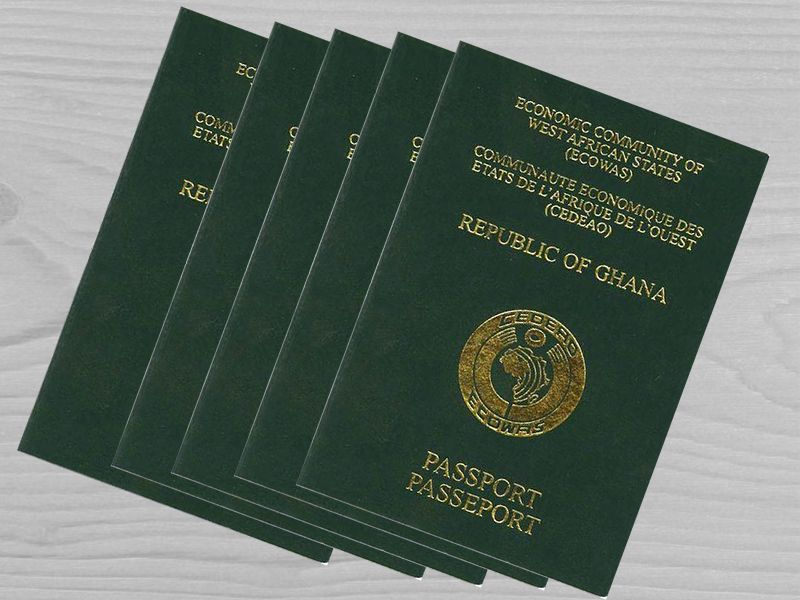
A major challenge in modern education is ensuring alignment between the written curriculum and the actual instructional practices occurring in our classrooms, known as the operational curriculum. These two elements often differ, resulting in discrepancies in how instruction is delivered and how students perform. George Posner (2004) aptly points out, “The planned curriculum and the implemented curriculum frequently do not align.”
Closing this gap is vital for promoting equitable and effective instruction. One effective approach to tackle this issue is curriculum mapping. A collaborative, data-centred method that clarifies what is taught, when, and to what extent across different classrooms and grade levels.
Curriculum mapping assists educators in documenting and assessing their instructional activities in real-time, thereby aligning daily practices with intended educational objectives and standards. It allows schools to evaluate the coherence, sequence, and quality of their educational programs, while also identifying overlaps and gaps. It ensures a smooth transition of learning from one grade to another.
As Heidi Hayes Jacobs (1997) states, “Curriculum mapping is an ongoing, dynamic process that records the actual content, skills, assessments, and key questions being addressed.” By accurately reflecting classroom activities, it enables educators to take charge of their teaching, enhance consistency, and improve student learning outcomes.
Key Areas for Consideration
A fundamental distinction in curriculum planning lies between the written and operational curriculum. The written curriculum encompasses the formal documentation of standards, goals, and performance expectations set by the National Council for Curriculum and Assessment (NaCCA). In contrast, the operational curriculum pertains to what teachers actually deliver in the classroom, which can vary greatly due to factors like teaching styles, resource availability, time limitations, and prioritization of instruction.
While some educators strictly follow the written curriculum, others may modify it to better serve their students’ needs or interests. These variations can be beneficial as they reflect adaptable teaching. However, without systematic monitoring, they may result in unintended differences in content delivery and student readiness.
Better still, curriculum mapping serves as a useful tool for collecting and examining data on the operational curriculum. Teachers capture specific content, instructional methods, assessments, and the time allocated for each topic, often organized through grids or digital platforms. Some systems incorporate codes like I (Introduced), R (Reinforced), and M (Mastered) to signify the instructional level for each standard, while others document the specific time frames for when content is taught. These detailed records allow teachers and head teachers to assess instructional consistency across various classrooms, examine pacing, and pinpoint any gaps or redundancies.
Another significant aspect is the collaborative and reflective nature of the curriculum mapping process. Rather than being a one-off event, it represents a continuous cycle of documentation, assessment, and improvement. Regular curriculum mapping sessions allow teachers to collectively evaluate the alignment between their instructional approaches and broader school objectives. This process helps answer key questions such as: What has been taught? What is currently being taught? What has been overlooked? Additionally, it encourages reflection on efficiency and alignment: Who is doing what? How do these activities correspond with our standards? Are we functioning effectively across different levels and grades?
It is important to mention that, technology plays a crucial role in enhancing the curriculum mapping process. Digital databases facilitate the input, retrieval, and analysis of mapping data, enabling comparisons across grades and subjects that help identify vertical alignment (skill progression across grades) and horizontal alignment (uniformity across classrooms at the same grade level). Moreover, curriculum maps serve as invaluable resources for on boarding new teachers, as they can refer to previous instructional records to maintain continuity and understand school expectations better.
Recommendations
For a successful Curriculum Mapping Execution it is valid to:
- Standardize Processes: Implement curriculum mapping as a regular and uniform practice throughout all classrooms, holding teachers accountable and promoting collaborative discussions in meetings.
- Offer Continuous Training: Ongoing professional development is essential for educators to effectively understand curriculum mapping, interpret data, and apply it to improve instruction.
- Define Clear Frameworks: Districts should establish consistent standards, tools, and coding systems (such as I, R, M codes along with teaching dates) to ensure coherence and facilitate analysis.
- Utilize Technology: Employ digital tools to improve collaboration, enable real-time data monitoring, and make instructional adjustments based on observed trends and performance.
- Connect with Broader Initiatives: Ensure that the process is integrated with lesson planning, assessments, and resource distribution to enhance instructional quality and foster equitable learning opportunities.
Conclusion
Curriculum mapping transcends administrative procedures it represents a transformative strategy that injects coherence, clarity, and purpose into instructional practices. It helps synchronize what is intended with what is executed. It ensures that every student regardless of their class or teacher receives consistent, high-quality education. As Jacobs (1997) indicates, “Mapping is not just a record of past activities; it is a forward-thinking strategy for planning what should occur.” Through systematic documentation, collaboration, and analysis, curriculum mapping will translate the conceptual aspirations of the written curriculum into actionable, observable, and measurable practices within our classrooms.
By adopting curriculum mapping as an integral part of instructional framework, our schools can make teaching and learning more transparent, adaptable, and strategic. Thus, curriculum mapping enhances educational quality and fortifies the shared mission of ensuring every student succeeds.
WRITTEN BY:
Wisdom Koudjo Klu,
Education Expert/Columnist,
Greater Accra Region.
Editor’s note: Views expressed in this article do not represent that of The Chronicle
The post Understanding the Learning Process: The Role of Curriculum Mapping in Strengthening Instructional Consistency appeared first on The Ghanaian Chronicle.
Read Full Story









Facebook
Twitter
Pinterest
Instagram
Google+
YouTube
LinkedIn
RSS